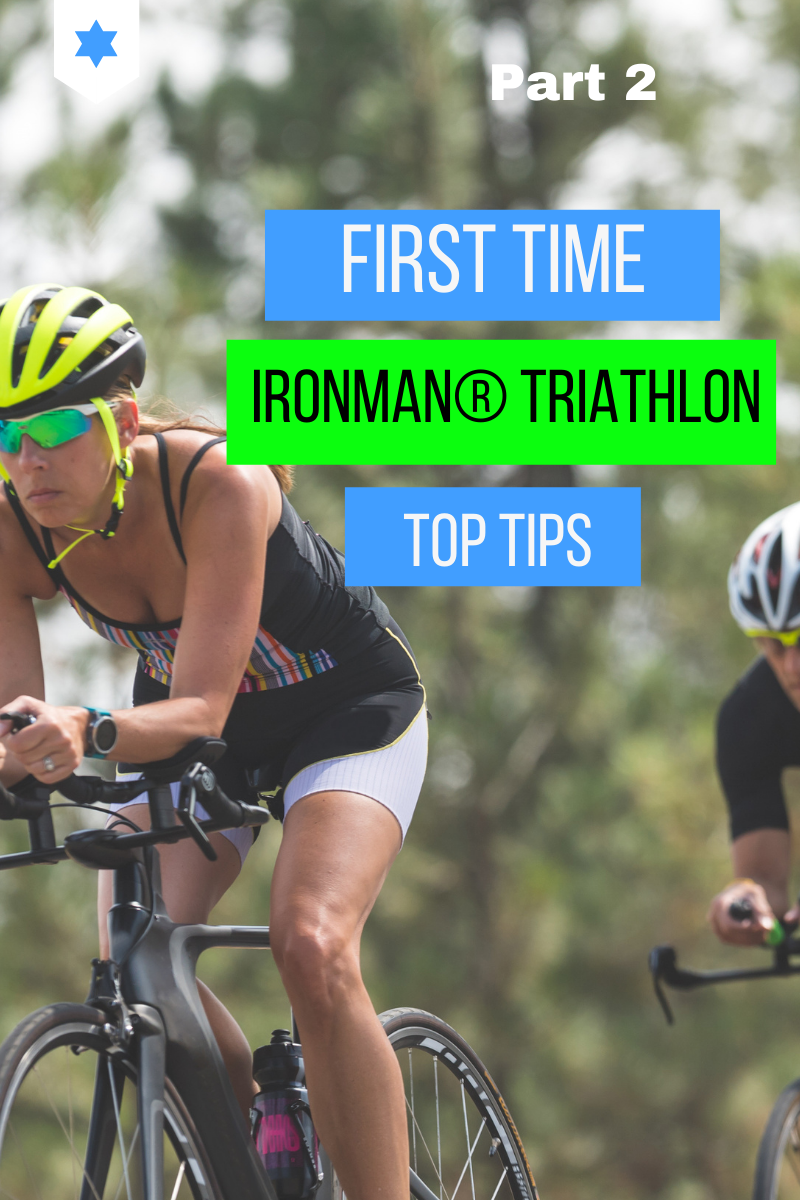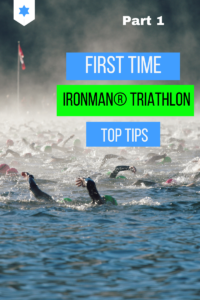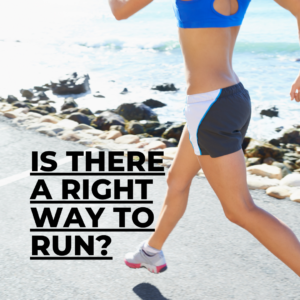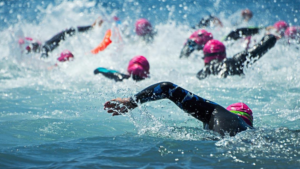
First Time IRONMAN® Triathlon Top Tips Part 2
- Post author:webadmin
- Post published:December 15, 2021
- Post category:FTR Blog / Cycling / Ironman and 70.3 / Transitions
By: William Ritter
First Time IRONMAN® Triathlon Top Tips Part 2
In my last blog I answered the questions you had around training. In this post we will look at everything to do in transition 1 (T1), Brick sessions and the bike.
If you don’t see the answer to your burning questions then please reach out and I will be happy to answer them.
Triathlon Transition 1 (T1)
What is Transition?
The transition area in a triathlon is the area for changing from one discipline to another. That may be from swimming to cycling or from cycling to running.
Transition 1 (often referred to as “T1”) is where you will store your bike gear when you transition from the swim to the bike. Transition 2 or, (you guessed it!) “T2” is where you store your run gear when you transition from the bike to the run.
The transition takes the least amount of time of any triathlon activity, however, getting it wrong can be disastrous. From penalties given to time wasted – a poor approach to transition can have a serious effect. This applies as much to elite level athletes as amateur triathletes.
It’s not difficult to see why either. Anyone who has been training for some time knows how uncomfortable and awkward it can be going from one discipline to the next. The mixture of activities, preparations and things to remember at each transition area along with the pressure of time can make it tricky for any seasoned competitor. Preparation and practicing transitions IN training is the key.
A swift progression through the transition area though can really boost your time, confidence and mentality as you move from one discipline to another.
Like most things Triathlon – preparation is key. Below are some top T1 tips.
Will I feel dizzy after the swim?
It is not unusual to feel dizzy after you’ve been horizontal for over an hour, the blood drains from your brain and you may get wobbly knees, when you come out of the swim into Transition 1. Take your time coming out of the water, don’t try to run straight away, rather walk quickly- do lots of deep breathing and pump your leg muscles to get blood to your brain while you adjust to being vertical. Practice in the pool, do twenty lengths, stand up, and walk around to get used to the feeling of going from horizontal to straight. Also consider doing swim to bike brick sessions during training. Also, towards the end of your swim you can increase your kick.
Do I need to rinse off salt water?
During training you may swim in the sea in your wetsuit so make sure you always rinse your wetsuit in clean water after and let it air dry. On race day some swims are fresh water, and some are salty sea swims. At most events there are showers to run through after your swim.
Can I get naked in the changing tent?
Most IRONMAN® races offer separate men’s and women’s changing tents. These typically resemble a locker room at a gym: rows of benches or folding chairs, a few stalls for privacy, and same-sex attendants (in this context, race volunteers) helping to keep things in order. Most change tents also have basic first aid (Vaseline, band aids, tampons, and sunscreen), as well as a bottle fill station.
In the transition from swim to bike (T1) and bike to run (T2), athletes who wish to change their clothes can run into the change tent and out the other end. Those who wish to wear the same kit to the next leg of their race can bypass this tent altogether or, in some cases, simply run straight through the tent if the transition flow requires it.
So even though IRONMAN states they do not allow nudity during the event in the changing tents this can happen.
The IRONMAN Triathlon Bike
Do I need to practice putting my shoes on whilst riding?
If you have come up from sprint or Olympic distance triathlons you may have practiced flying mounts on to your bike with your shoes clipped into the pedals onto your bike to shave seconds off transition and hence your race. For an IRONMAN® a few seconds will probably not make much difference so unless you are an ace on flying mounts then practicing putting your feet into your shoes on your bike may be a wasted effort if you’re not in contention to qualify for IRONMAN® World Championships. Some IRONMAN® events do not allow you to keep your shoes on the pedals in transition so it’s worth checking the rules for your event. As always the flying mounts and dismounts should be practiced in training. One technique you should master however is to clip in and out of the pedals easily and confidently.
Do I pee on the bike?
There will be port-a-john toilets along the route for rest stops. Or, if you really can’t wait. you can simply pee in your tri-suit. But you might want to consider the official race photographers positioned around the course first. And the poor marshal who takes your bike from you. If you do pee in your tri suit or shorts then you may find your will chafe which is painful so it’s worth getting off your bike, shaking your legs out and having a proper pee. Try not to take too long though if you want to qualify for Kona!
Can I use my bike with disc brakes?
Yes, the rules changed to follow the International Triathlon Union ITU, who approved the use of disc brakes for competition in 2016, Ironman will allow road and triathlon bikes equipped with disc bikes at all Ironman and 70.3 events.
What’s the difference between clincher and tubular tires?
The most common is the clincher, which consists of a tire and an inner tube fitted into the clincher wheel’s rim. Tubulars tires are a one-piece system where the tube is sewn inside the tire. You glue this onto the rim of a tubular wheel. You can pump tubulars up to a higher pressure than clinchers, which potentially means more speed.
What cadence should I be averaging on the bike?
Everyone is different, but studies have shown that 90 rpm is roughly a good figure to aim for, but not necessarily for an IRONMAN triathlon. Having said this, your cadence can be affected by your physiology and bike set-up, among other things. Heavier athletes are usually more efficient at lower pedal speeds, whereas lighter riders will often have more slow-twitch muscle fibres that are suited to faster spinning. One thing to keep in mind is the balance between muscular fatigue and heart rate. A higher cadence will increase in heart rate which corresponds with a higher lactate. Don’t be surprised if your most efficient cadence is between 70-80 rpm for an IRONMAN®. If your heart rate and blood lactate are too high coming off the bike then this will greatly affect the run. A cadence too low may also keep your heart rate down but the power output would be too high to hold efficiently and at your best speed.
What is a bike fit and should I get one?
Bike fitting is the process of adjusting a bike for a cyclist to optimize their comfort, performance and efficiency. Cyclists often experience overuse injuries such as cyclist’s palsy, cyclist back, and Anterior Knee Pain. and this is often due to an incorrectly set up cycle. I recommend you get a fit before the start of every season at minimum. The fit will be an ongoing process over the years. Also, if you’re looking to purchase a bike, then I recommend you get a bike fit first with a professional fitter before ever looking at brands. In the long run, this will save you both time, money, and a bit of agony.
Getting a bike fit early in your training on your race bike will pay dividends come race day as you will be more comfortable and race more efficiently.
In this blog we have covered T1 and the bike leg considerations. In the next part we will cover T2, the run and nutrition.
If you have any questions about any part of your training or racing please get in touch.

Ritter, from Tyler Texas, is the Head Coach at Fly Tri Racing. He is a TrainingPeaks Level 2, Ironman U, Tri Sutto Coaching Certified, USA Cycling, and USA Track and Field Level 2 Endurance Certified Coach and USATF Cross Country Specialist. He specializes in coaching triathletes and runners of all abilities. Ritter’s coaching is detailed and based on the individual athlete blending the art and science of coaching. To learn more about Ritter and personal coaching visit www.flytriracing.com.



